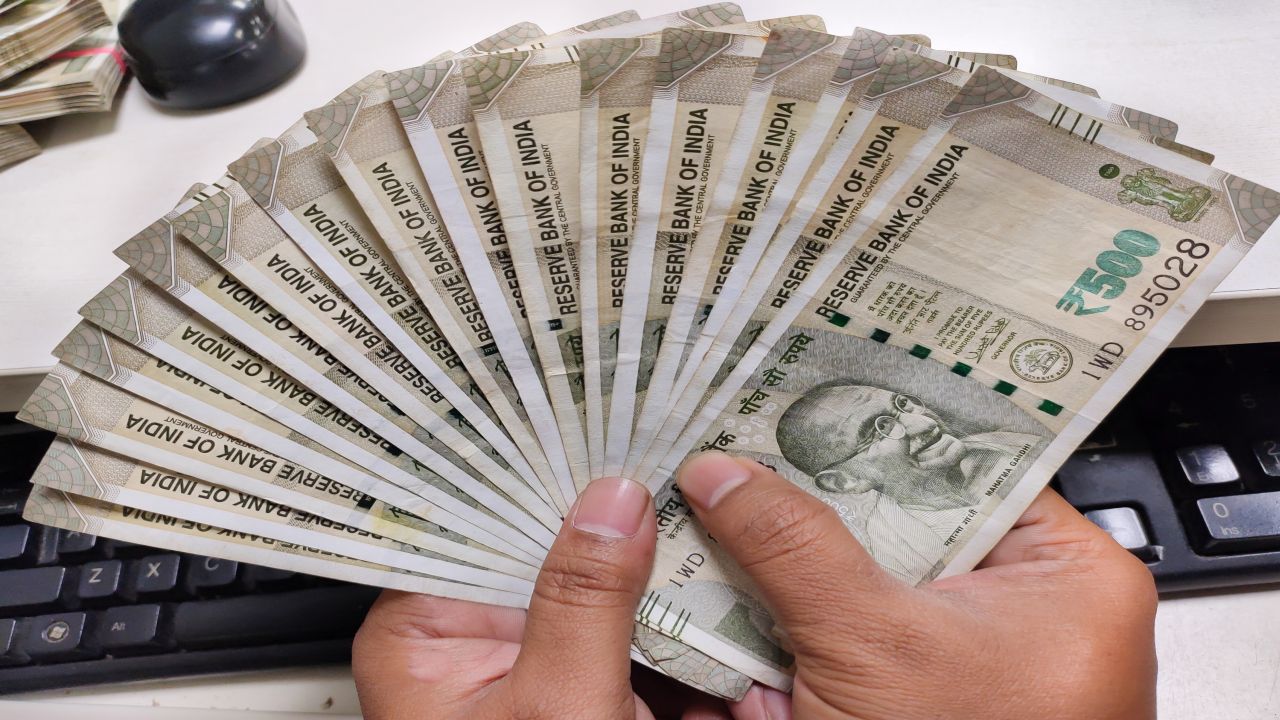Initial Fall Overview
The Rupee's descent to an all-time low was a notable occurrence, reflecting the pressures the currency faced. This event highlighted the vulnerability
of the Indian currency in the face of various economic challenges, including global market volatility and changes in investor sentiment. The rupee's weakness against the US dollar and other major currencies underscored the complex interplay of domestic and international factors impacting India's financial landscape. This period served as a reminder of the critical role that currency stability plays in overall economic health.
RBI's Likely Intervention
The Rupee's recovery was largely attributed to the likely intervention of the Reserve Bank of India (RBI). The central bank's actions, which may have included buying the Rupee and selling dollars, were designed to inject stability into the market. Such interventions are a standard mechanism employed by central banks globally to manage currency values and to curb excessive volatility. These measures aim to reassure investors and to prevent a further weakening of the currency, which would have implications for inflation and trade. The timing and scale of the RBI's actions are crucial in determining their effectiveness.
Market Impact Analysis
The Rupee's rebound had ripple effects across the Indian financial markets. It brought about a sense of relief among traders and investors, curbing the downward spiral that was concerning. The recovery could have also led to a decrease in the cost of imported goods. The stabilisation might have also boosted confidence in the Indian economy. However, the underlying challenges that led to the initial decline of the rupee, such as global economic uncertainties and capital outflows, continue to pose potential risks. Monitoring these factors remains crucial to ensure sustained currency stability.
Factors Contributing Recovery
Several factors likely fueled the Rupee's recovery. The RBI's intervention was the most immediate and impactful element. Additionally, other economic indicators, such as positive domestic economic data or improvements in investor sentiment towards India, may have played a role. Global trends also impact the Rupee. Any shift in the value of the US dollar or significant movements in international commodity prices would have effects on the Rupee. All these diverse factors highlight the multifaceted forces influencing the Indian Rupee's value and the intricate nature of currency markets.
Future Outlook, Predictions
Predicting the Rupee's future is complex. Its value will depend on the RBI's ongoing measures, global financial conditions, and economic fundamentals. If the Indian economy continues to show resilience and attract investments, the Rupee could maintain its strength. Conversely, any setbacks, such as rising inflation or sudden capital outflows, might exert downward pressure. The Reserve Bank of India's approach will remain essential in managing risks and fostering stability in the financial market. It is difficult to predict the future direction, but ongoing events, domestic economic policy, and international trends will affect the currency's performance.













